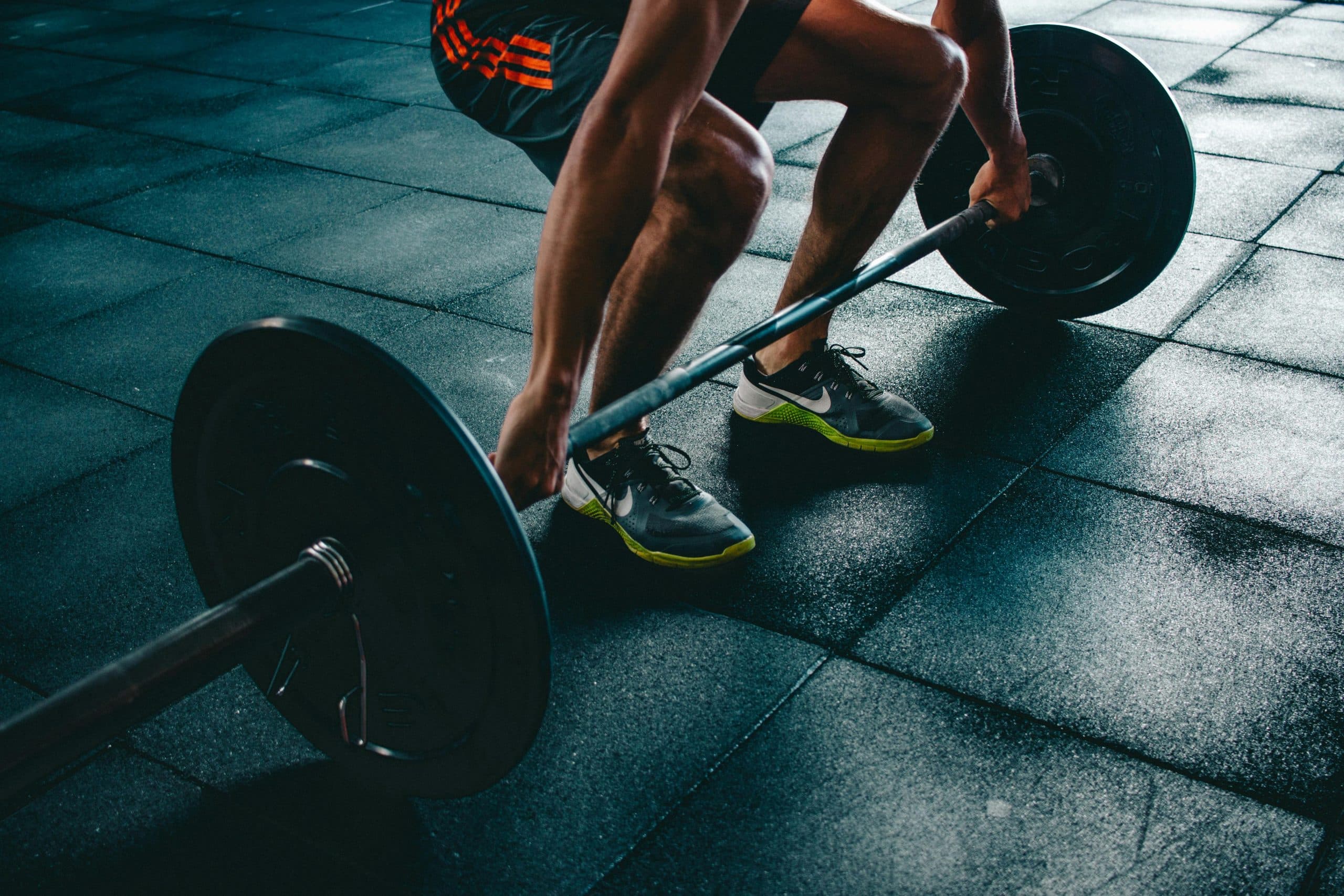What Are Effective Ways for Seniors to Safely Increase Their Physical Activity Levels?

In today's age of sedentary lifestyles and high-tech distractions, physical exercise can often take a backseat. Yet, keeping the body active is crucial at every age—especially for older adults. Physical activity is a boon for health, offering numerous benefits from enhancing muscle strength to reducing the risk of chronic diseases. As people age, however, their physical capacities change. Therefore, it is crucial to adapt the intensity and type of exercise to ensure safety and effectiveness. In this article, we'll explore practical and safe ways for older adults to increase their levels of physical activity.
The Importance of Physical Activity for Older Adults
Older adults often face a unique set of health challenges, including a higher risk of developing diseases such as heart disease and diabetes, as well as experiencing a decline in muscle strength and bone density. Regular physical activity can help mitigate these risks and contribute to overall well-being.
A voir aussi : What Are the Best Techniques for Seniors to Manage Chronic Inflammation Through Diet?
Physical activity assists in maintaining a healthy weight, enhancing cardiovascular health, improving balance and coordination, and promoting mental health. But it's not just about formal exercise. Any form of movement, from daily chores to leisurely walks, can be considered physical activity.
Many older adults might feel reluctant to participate in regular exercise due to fear of injury or lack of energy. However, with a few modifications and precautions, it is possible to stay active and healthy in the golden years.
Dans le meme genre : How Can Seniors Over 80 Maintain Emotional Health Through Pet Therapy?
Adapting Physical Activity to Age and Fitness Level
When it comes to physical activity, one size does not fit all, especially for older adults. It's vital to consider individual fitness levels, overall health, and any pre-existing conditions. For example, an older adult with arthritis might find low-impact activities such as swimming or cycling more comfortable than high-impact exercises like running.
Starting with low-intensity activities is advisable, gradually increasing intensity and duration over time. Activities such as walking, gardening, or even dancing can serve as a good starting point. The key is to stay consistent.
Additionally, incorporating strength training exercises twice a week can help maintain muscle mass and prevent age-related muscle loss. These exercises can be done with light weights or resistance bands and should focus on all major muscle groups.
How to Stay Active in Everyday Life
Daily life offers numerous opportunities to stay active. Simple activities such as walking the dog, taking the stairs instead of the elevator, or doing housework can contribute significantly to your overall physical activity.
Gardening is another great way to stay physically active. Not only does it offer moderate-intensity activity, but it also has a calming effect on the mind. Similarly, playing with grandchildren or participating in community events can keep older adults physically active and socially engaged.
Safety Precautions for Physical Activity in Older Adults
While physical activity is beneficial for health, it's essential to take some precautions to prevent injuries. Here are some safety tips:
- Get a medical clearance: Before starting any new exercise regimen, it's crucial to get medical clearance from your healthcare provider. They can provide guidance on what types of activities are safe for you, considering your health status and fitness level.
- Warm up and cool down: Just like younger people, older adults also need to warm up before exercising and cool down afterward. This process can help prevent injuries and make the workout more effective.
- Stay hydrated: Hydration is vital during physical activity. Older adults, in particular, are at risk of dehydration, which can affect performance and lead to health complications.
- Listen to your body: It's normal to feel some discomfort during exercise, but if you experience pain, dizziness, or shortness of breath, it's important to stop and rest. Never push yourself to the point of pain.
The Role of Diet and Nutrition in Physical Activity
Having a balanced diet is just as important as physical activity for older adults. Good nutrition can provide the energy needed for physical activity, support recovery after exercise, and help maintain overall health.
Including a variety of fruits, vegetables, lean proteins, and whole grains in your diet can provide essential nutrients. In particular, protein is crucial for muscle health, while foods rich in calcium and vitamin D can support bone health.
Drinking plenty of fluids is also essential, especially during physical activity. Older adults are at risk of dehydration, which can affect physical performance and lead to health complications.
In conclusion, physical activity for older adults is a mix of safety, gradual progression, and enjoyment. With some precautions and an adapted approach, older adults can safely increase their physical activity levels and enjoy the numerous health benefits it offers. Remember, it's never too late to start—a journey of a thousand miles begins with a single step.
Incorporating a Varied Exercise Regimen
Diversifying the types of physical activity can bring about more comprehensive health benefits for older adults. Pivotal in this diversified regimen are moderate aerobic activities, vigorous intensity exercises, and muscle strengthening activities.
Moderate intensity aerobic activity like brisk walking or biking on a flat surface, typically raises the heart rate and prompts a little bit of sweat. Older adults can aim for at least 150 minutes of such activity spread over the course of a week. This can be broken down into small manageable sessions, perhaps 30 minutes a day for five days a week.
Vigorous intensity activity, on the other hand, substantially increases heart rate and prompts heavy sweating. Activities such as jogging, running, or uphill biking fall under this category. If an older person is comfortable with this level of intensity, the recommended amount of activity is 75 minutes a week.
Muscle strengthening activities are equally important and should be included in the exercise routine at least two days a week. These activities focus on working the major muscle groups of the body and can involve lifting weights, working with resistance bands, or doing exercises that use body weight for resistance, such as yoga or Pilates.
Remember to tailor the exercise regimen to individual capabilities, gradually increasing the intensity and frequency of workouts as endurance improves. Include rest days in between to allow the body to recover and adapt.
Physical Activity and Mental Health
Physical activity for older adults isn't only about maintaining physical health—it's also a powerful tool to boost mental health. Regular exercise has been linked to a reduction in symptoms of depression, anxiety, and stress. It also improves sleep quality, boosts memory, and enhances overall cognitive function.
Engaging in physical activity stimulates the release of endorphins, the body's natural mood elevators. These brain chemicals play a key role in regulating mood, relieving stress, and promoting a sense of well-being.
Beyond the biochemical effects, exercise can also provide a sense of accomplishment, purpose, and positivity. Participating in group activities or exercising with a partner can foster social connections, combating feelings of loneliness and isolation that are often prevalent in older adults.
Remember, it's not about the intensity or the type of activity. Whether it's a brisk walk in the park, a vigorous intensity workout, or a muscle-strengthening session, the key is to stay physically active and engaged in a way that brings enjoyment and contributes to a happier, healthier life.
Conclusion: Embrace a Healthy and Active Lifestyle
Encouraging physical activity in older adults is not about pushing them to run a marathon or lift heavy weights. It's about fostering a lifestyle that incorporates safe and enjoyable physical activities into daily routines. Whether through moderate intensity walks, vigorous intensity workouts, or muscle strengthening activities, the aim is to make physical activity a regular and enjoyable part of life.
The benefits of being physically active are multitude, from reducing the risk of chronic conditions like heart disease to improving mental health. Pairing regular physical activity with a balanced diet can provide the energy needed for activities, support recovery, and contribute to overall health.
Getting started may seem daunting, but remember, every step counts. Even the smallest changes can make a significant difference in how you feel and function. So, take that first step today and embrace the golden years with vigor and vitality. After all, a journey to a healthier, more active life begins with a single step. And that step can lead you down the path of an enriched and fulfilling life.
